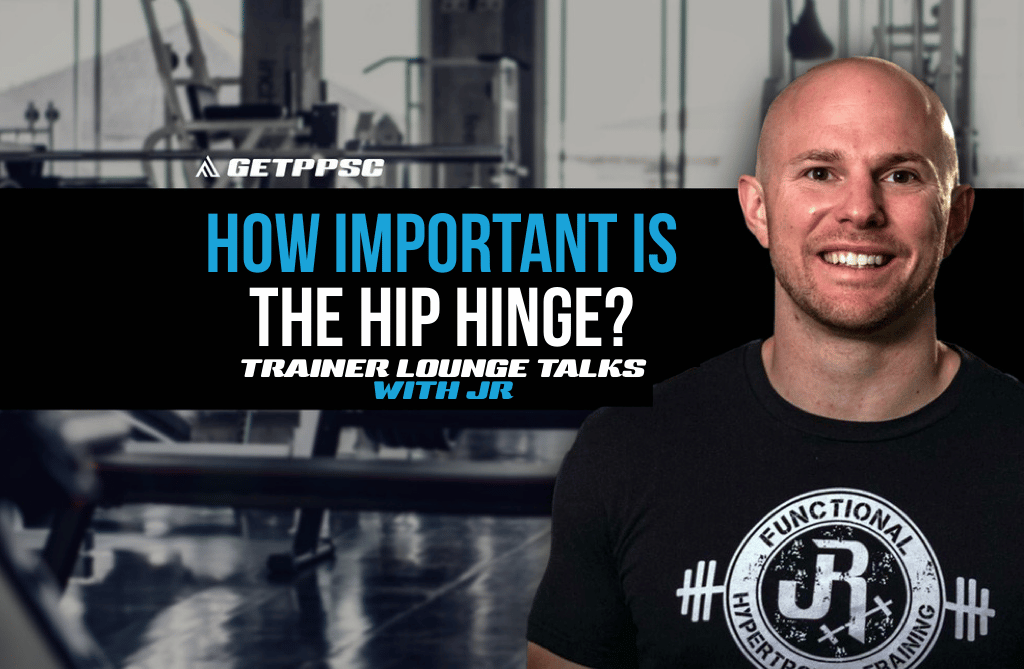Our topic 2-weeks ago on the PPSC Masters course was how to prioritize rebuilding of the primary movement patterns for clients coming off of pain, injuries or time away from the gym.
But like you all would have guessed, the hip hinge pattern is kinda a big deal! Not only does the hinge represent our strongest foundational movement pattern (aka the average person can move the most external load in this pattern compared to the others) but also represents the greatest opportunity for bulletproofing against pain and injuries.
The hinge is also a massively important pattern due to it’s functional carryover and transference to the OTHER foundational patterns. This means if your hinge gets stronger, you’re likely going to experience strength and performance gains on the other foundational patterns
(SQUAT, LUNGE, PUSH, PULL, CARRY)
So yeah, hinging is important. And deadlifting (once we move up the pattern pyramids and earn the right to take a dead weight from the bottom position up) is a great representation of full body functional strength. I don’t care what the guru’s say about it being “inherently dangerous” it’s not.
(Being weak AF is the real danger here for the record)
This all simply breaks down to the fact that if you want to get strong and stay healthy (by the data and real world anecdotal study) you better be hinging heavy. Here are the variations I like the most:
1) TRAP BAR DEADLIFT WITH CHAINS AND/OR BANDS
2) HYBRID STANCE BARBELL BLOCK PULL
Nothing against conventional stance (or traditional sumo for that matter) but the above 2 variations are the ones I have the greatest amount of success with for my clients over the years.
Success can be measured by creating synergy between loading capacity and pain-free resiliency. These two variables interact, and balancing them is the ultimate sign of a professional coach.
Which deadlift variations have you had the most success with? Any of you out there struggling with re-activating the hip hinge pattern and getting your clients back to deadlifts?




